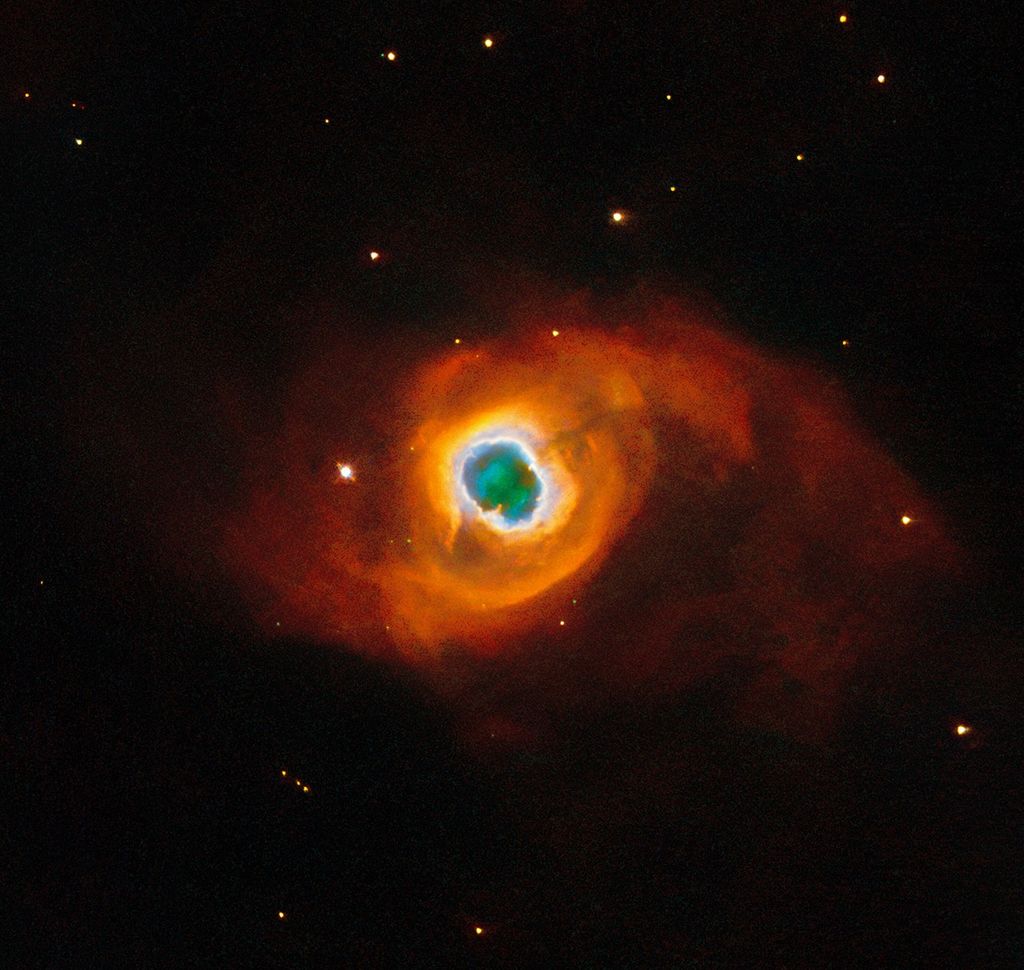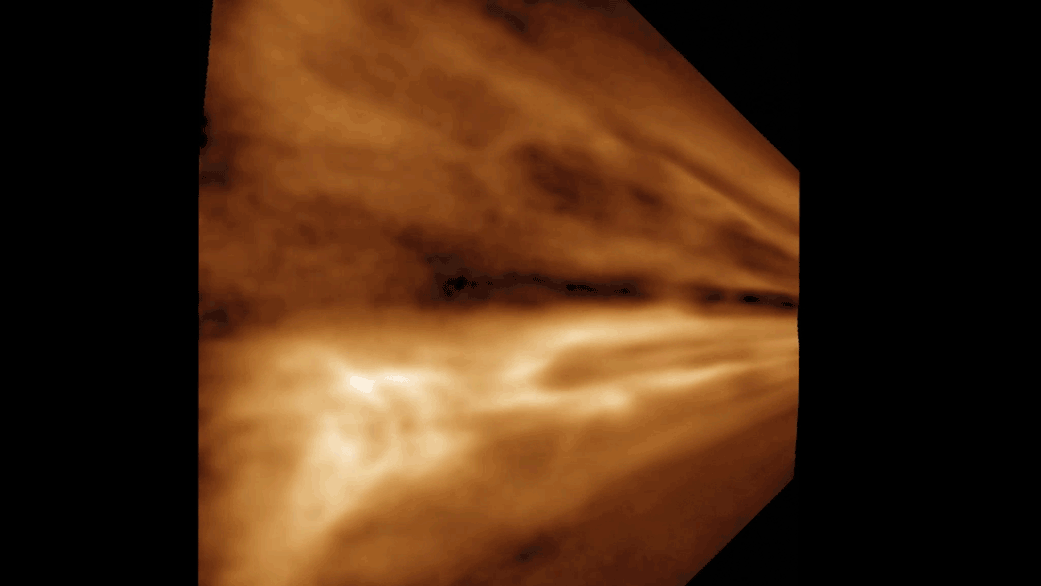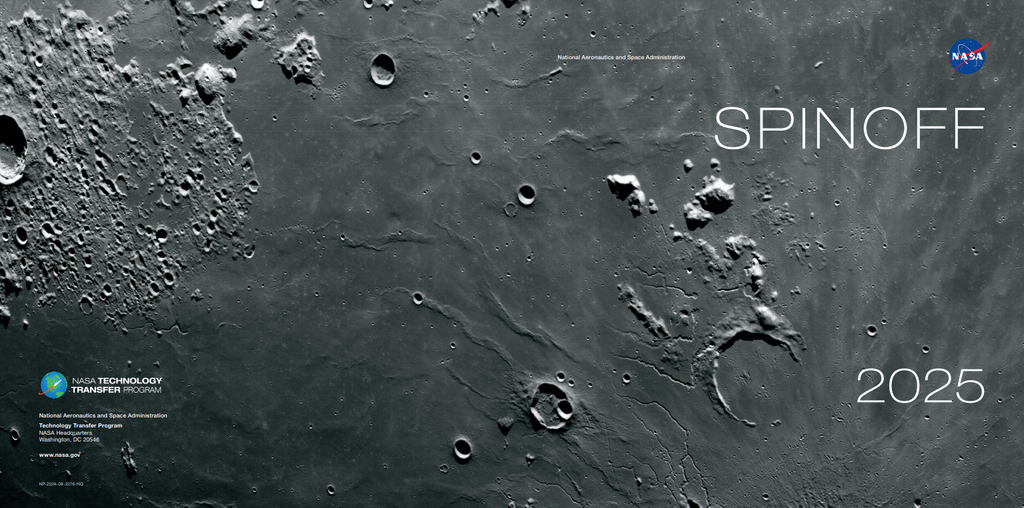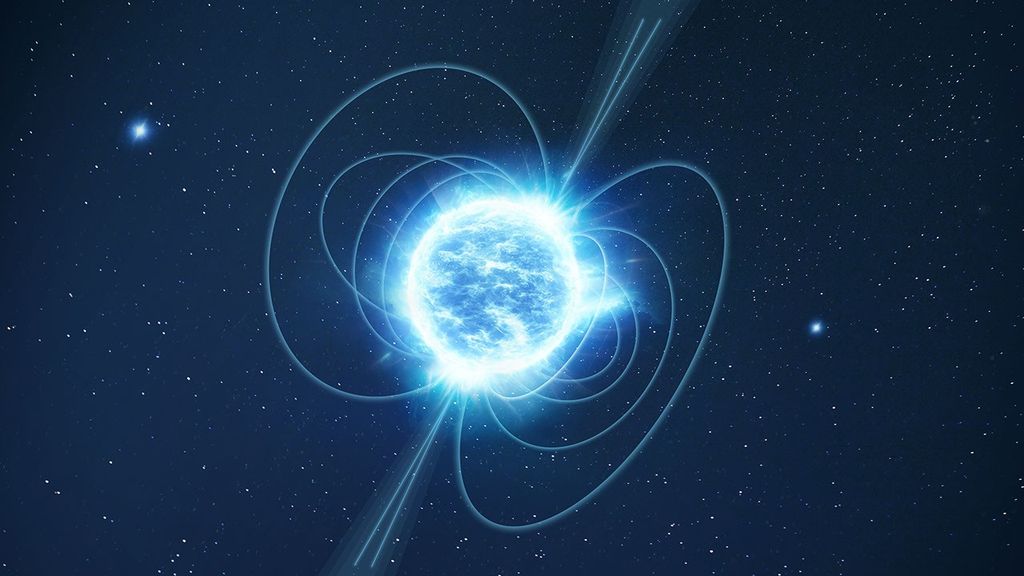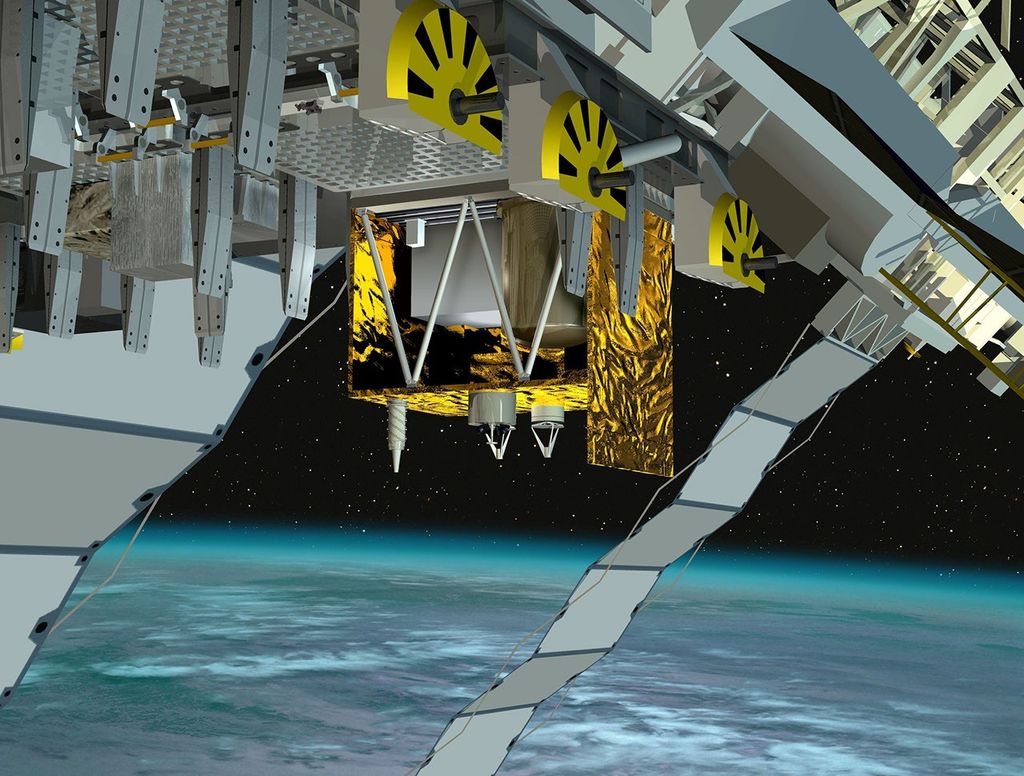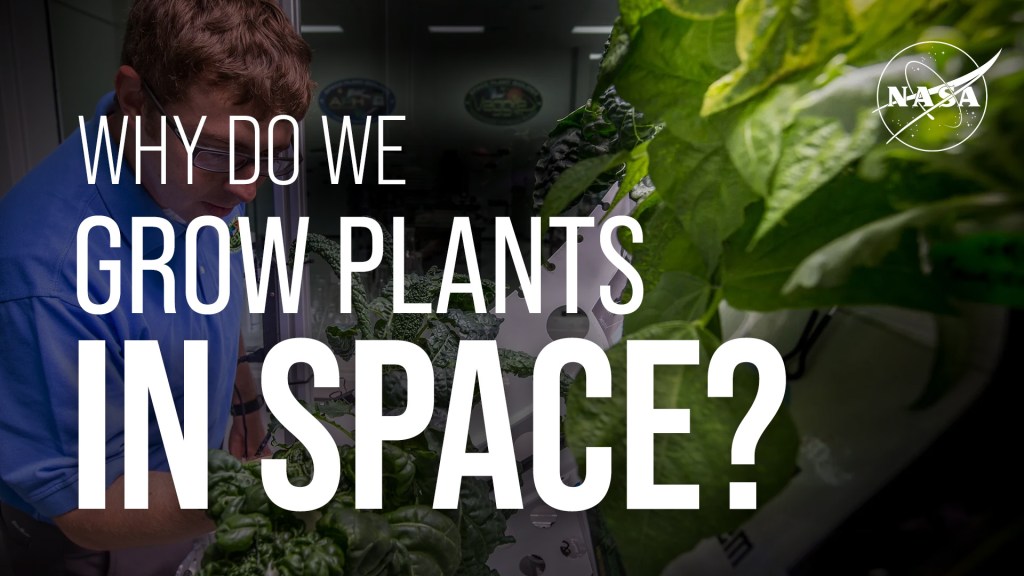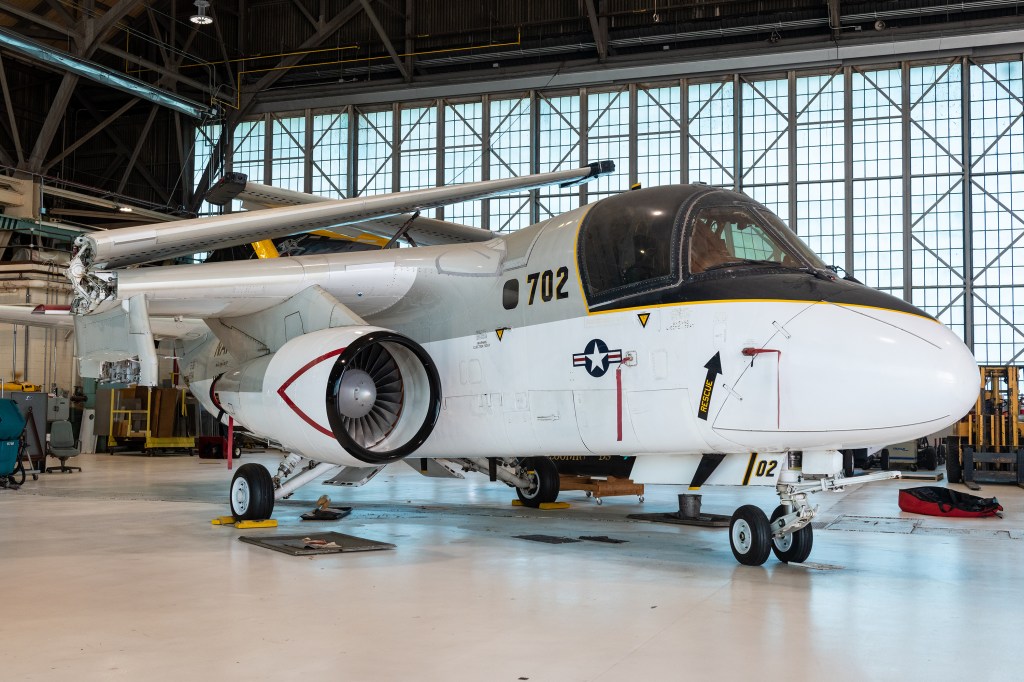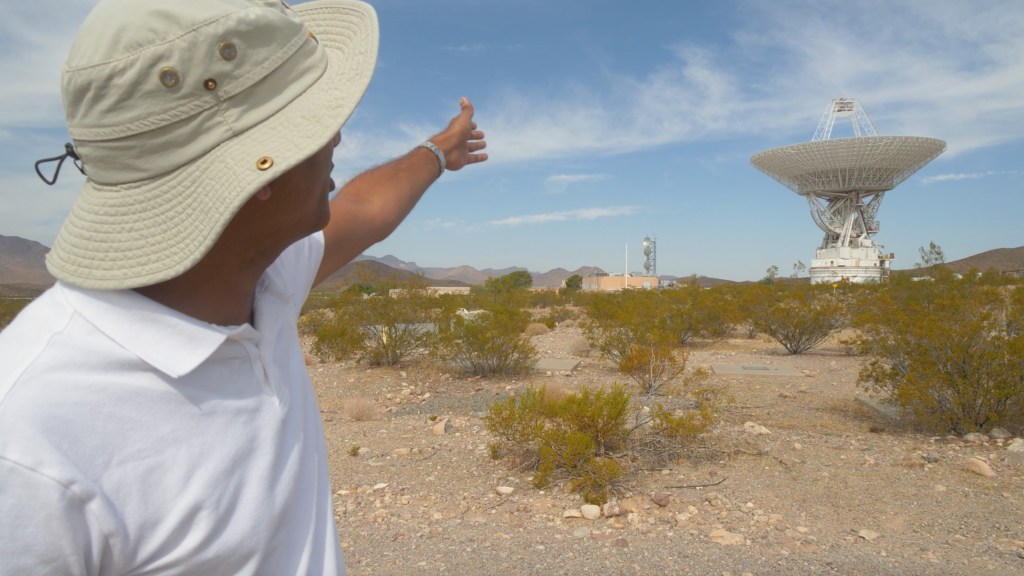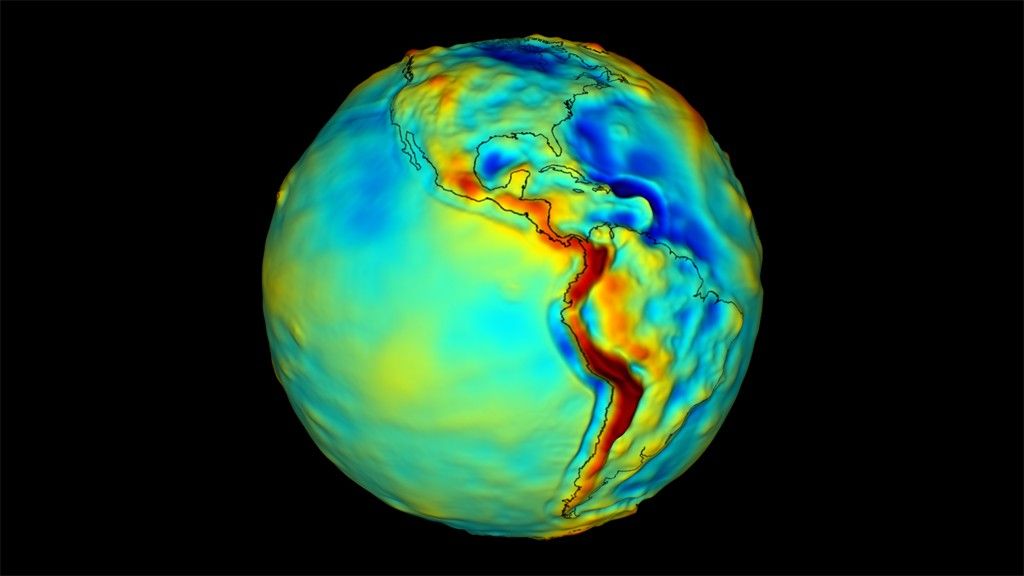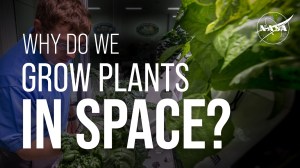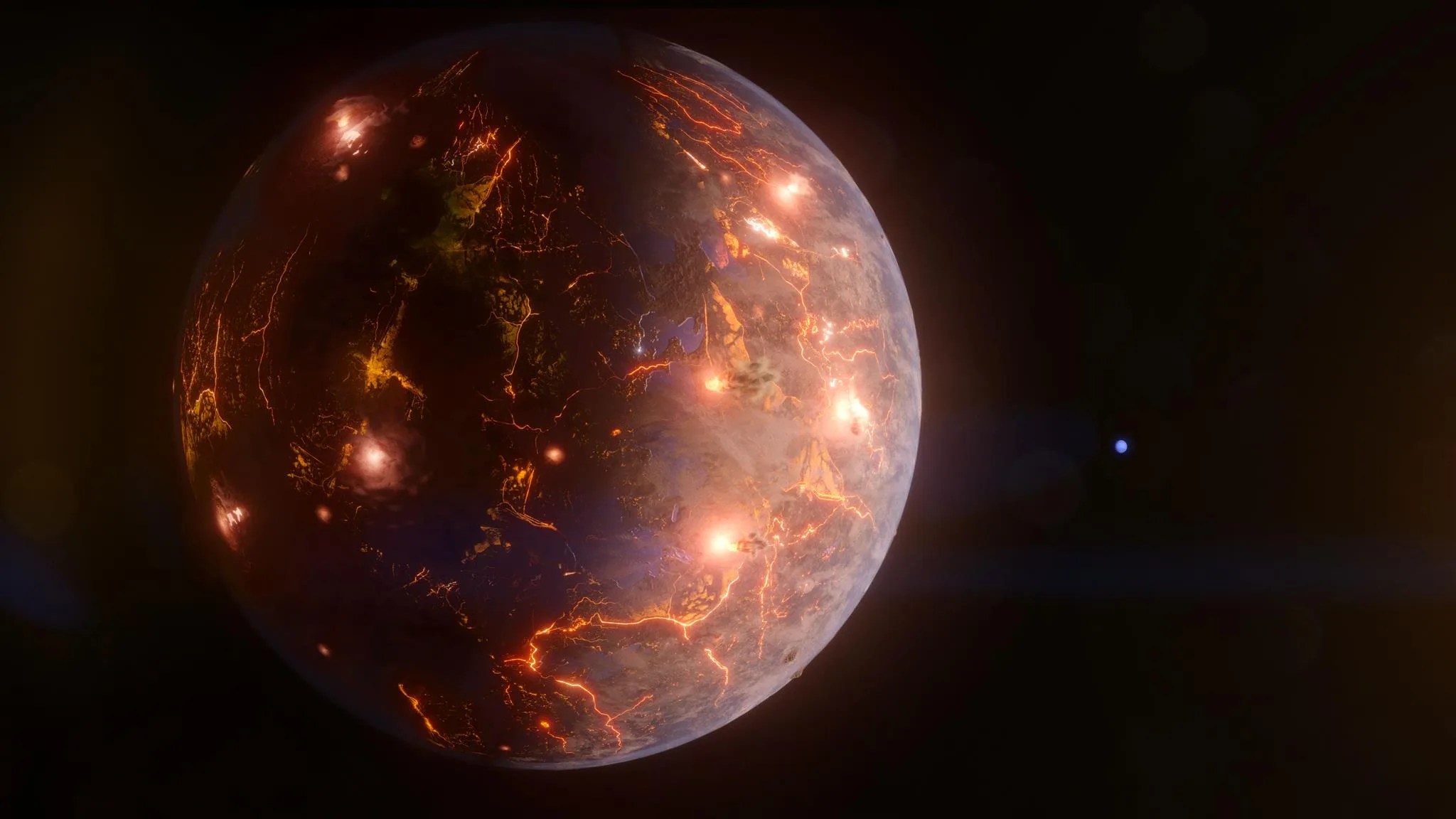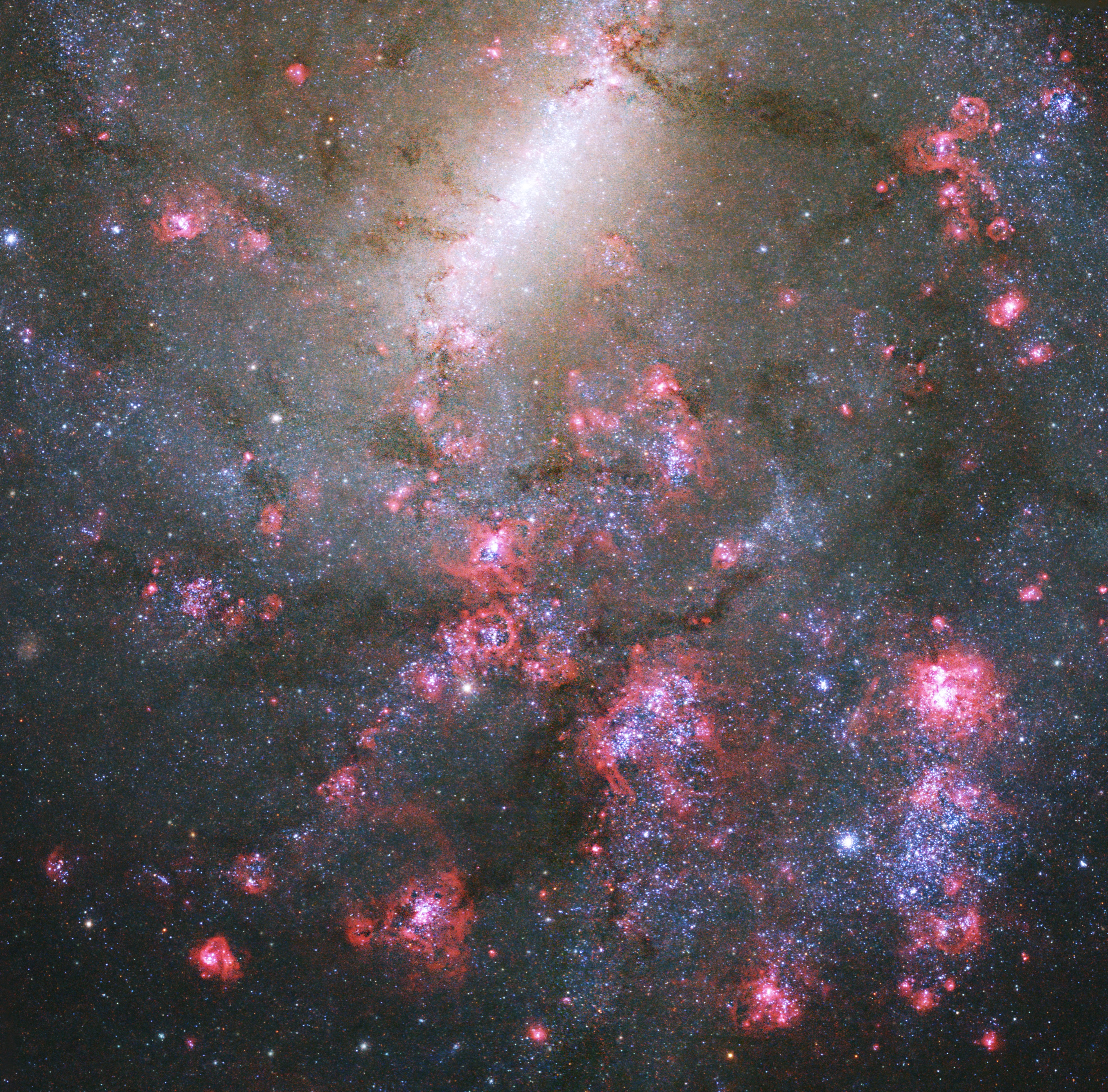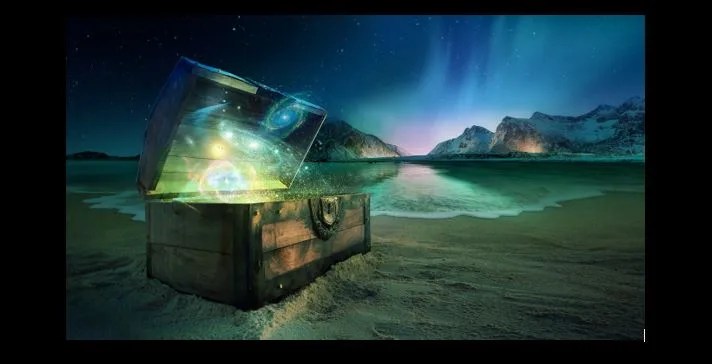We’ve discovered thousands of worlds orbiting around other stars, called exoplanets, including many that are similar in size to Earth. But how do we know if some of these worlds might support life?
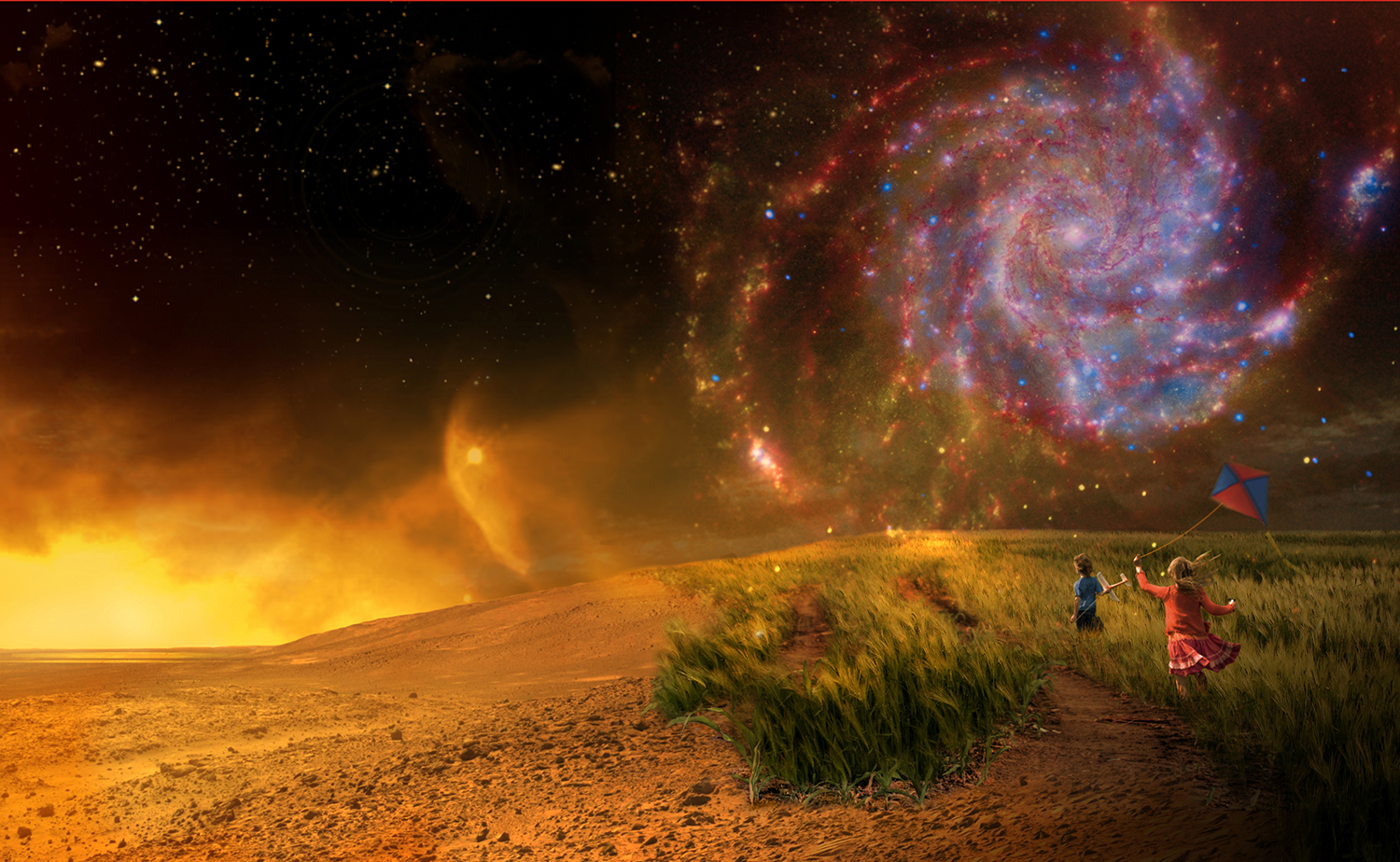
NASA has formed a community of scientists to apply what we’ve learned from our home planet to better understand the habitability of worlds beyond our solar system. On Friday, Nov. 17 from 1-2 PM ET, they’ll provide an update and overview of their efforts during a livestream event, “Next Steps in the Search for Habitable Worlds,” from the Habitable Worlds workshop in Laramie, Wyoming.
The one-hour interactive discussion will cross traditional disciplinary boundaries, encompassing much of the broad research topics supported by NASA’s Science Mission Directorate. Five researchers will address topics that include:
• What makes a planet habitable? What does “habitability” mean when it comes to exoplanets?
• How does a star impact a planet’s habitability?
• Why do we focus on Earth-like planets? Could life appear on much stranger worlds than ours and, if so, could we recognize it?
• How can we confirm that a planet around another star is habitable? And how might we find life on such a world?
• How does our observations and understanding of Earth inform our search for life on planets around other stars?
The live event can be accessed at:
The public may submit questions before and during the live event on Twitter using #AskNASA.

